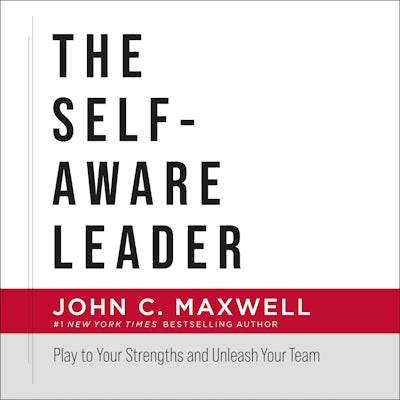Photo by Brett Jordan on Unsplash
Get your thinking out of your head and put it where you and others can see it! Why?
(1) Because getting it out of your head and putting it where you and others can see it helps others flourish.
(2) Because it increases transparency, clarity, and understanding. I’m so glad that God’s Word is documented, that Shakespeare and Shusaku Endo documented their thoughts, and that international Christian school boards document the statement of faith, mission, philosophy, and other policies.
(3) Because not getting it out of your head and putting it where you can others can see it increases the likelihood of bad things—muddled thinking, ambiguity, misunderstanding, and friction. Not good. Remember, your thinking is not self-evident.
(4) Because it’s a best practice. The author of Your Next Five Moves emphasizes, “You simply cannot scale your [school] without creating the systems for it to operate without you. You have to make lists. You must create manuals (video libraries may be more effective than printed ones). You must codify your knowledge. If it exists only in your head, you have a job to do. If you want to have a sustainable [school], codify what you know and make sure it gets transferred to everyone else in your organization” (loc 2756).
How do you get it out of your head and put it where you and others can see it? Two things that come to mind for me are creating blog posts and creating tools.
(1) Creating blog posts helps me process what I’m thinking and learning. It helps me pull things together and present them with greater clarity. And the process of creating helps me thrive, helps me flourish.
(2) Creating tools that I and others involved in international Christian schooling can use helps me increase clarity and makes it easier to share what I’m thinking with others. (As a bonus, creating tools involves things that help me flourish—thinking, formatting, and getting feedback.) Tools I’ve created on Google Docs include: Conversation Protocol, Quick Win, Stop Self-Neglect/Start Self-Care, and Toolbox.
Photo by Alexander Schimmeck on Unsplash
What do you want to get out of your head? What I’ve been recently working to get out of my head includes how to benefit from ACSI’s Flourish Model and ACSI’s Inspire. I’ve done this by creating a series blog posts:
- What are you aiming for from your ACSI Inspire self-study?
- Transitioning from REACH to Flourish & Inspire is no big deal, right?
- Board members, how can you help your head of school actually flourish during the ACSI Inspire self-study?
- How can you use the process of doing your ACSI Inspire self-study to help people actually flourish?
- Do you want to effectively or ineffectively complete your ACSI Inspire domain report?
- How will you conclude your ACSI Inspire self-study visit?
What I’ve also been recently working to get out of my head includes my thinking about things I and other international Christian school leaders and staff have struggled with. And I’ve done this by creating blog posts and tools
What got me thinking about all of this? The following graphic:

To flourish, people need helpful resources, including policy and procedure. Three discouraging things about How We Actually Get Things Done When We’re Really Busy and Short Staffed are it’s
- Not comprehensive.
- Not written well.
- And possibly not written down at all.
Bottom line: Get your thinking out of your head and put it where you and others can see it!
What about you? How do you feel about getting it out of your head and putting it where you and others can see it? How do you get it out of your head and put it where you and others can see it (like Google Docs)? What do you want to get out of your head?
Get flourishing!
Michael




